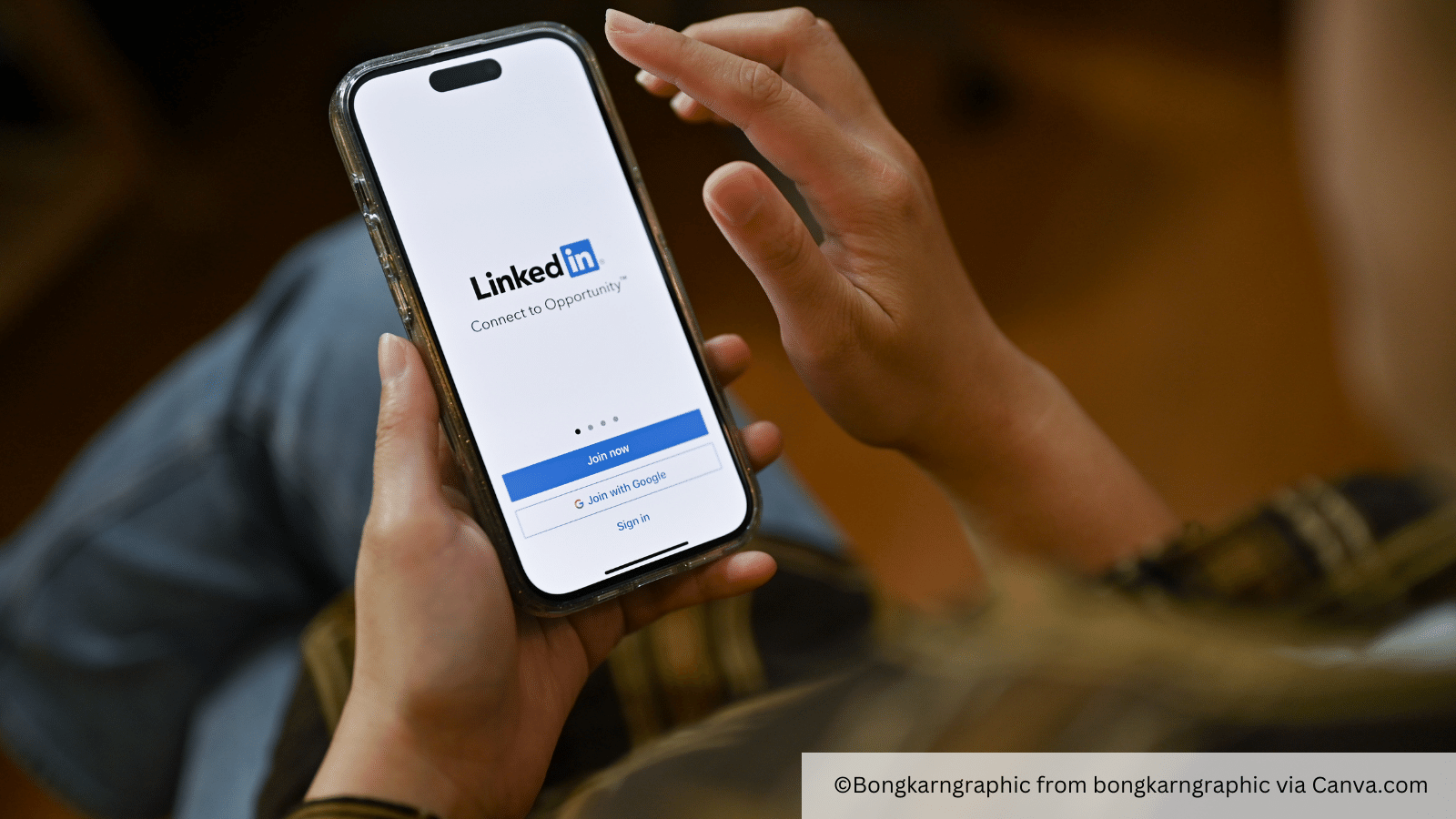LinkedIn boasts an impressive 830 million members in more than 200 countries worldwide. So surely it presents an opportunity for the savvy PR? However, like most social networking sites it’s overcrowded and noisy, making it difficult for anyone to make a real impact.
But there are still ways to utilise LinkedIn, for the benefit of both you and your institution. Here are some top tips from our team.
You get out what you put in
According to Olivia Nieberg, Senior Account Manager at BlueSky Education, it’s quite simple:
“Make sure you stay active on LinkedIn and share your organisation’s content as much as you can.”
This is supported by Senior Account Manager Jonny Stone:
“LinkedIn, like any social network, is all about engagement. As the saying goes: you get out what you put in. Engage with others, and soon enough they’ll return the favour.”
It seems like engagement is theme running throughout our team:
“Engage! Linking with colleagues and old connections will only allow your network to grow so far. If you want to build your ability to influence and extend your network you must do more than click "connect" and “like”. Involve yourself in discussions, comment in groups and share your ideas,” says Kerry Ruffle, our Strategic Communications and Editorial Lead.
Sharing coverage
Every PR person knows that sharing client coverage through your own social media channels is a must to increase visibility.
However, it is vital as a PR advisor to encourage your professors, students and so on to share their coverage on their own social media networks as well. LinkedIn can be more useful than Facebook or Twitter as it’s a professional network, meaning coverage can be seeded into relevant groups.
Stephanie Mullins, COO here at BlueSky, explains how one of our top professors shared a piece of coverage on his personal LinkedIn that she had secured for him in a specialist trade publication. Subsequently this coverage was seen by the host of a working life podcast and he was delighted to be asked to contribute as a result.

Contacting journalists
LinkedIn is also a great way to locate and contact journalists around the world that might be otherwise difficult to source.
Using the tool “InMail” is also useful when it can be difficult to get hold of journalists through email or on the phone. I find this can be sometimes more successful than a blind email to someone you don’t already know, as your profile will give them a good idea of who you are and why they should get back to you.
Stephanie backs this up, she has used this method to develop an excellent working relationship with a freelance journalist that writes for the BBC, this has resulted in multiple pieces of coverage for our clients in a globally-renowned media outlet.
However, a top tip from Kyle Grizzell, Senior Account Manager, reminds us of the importance of tailoring your message:
"When requesting to connect with someone on LinkedIn, don't just send a blank request. Include a message, maybe with some info on why you want to connect with them!"
Vital background information
It is useful to view someone’s LinkedIn profile before a meeting or interview so you can prepare yourself.
Many PRs like to view a professor or student’s LinkedIn before a meeting or interview. This can be particularly useful when writing a biography or article as this allows you to get know your stakeholder better and tailor your research questions accordingly.
Potential journalists or editors may also review your background before a big meeting or an initial call; or even to determine whether to consider working with you in the first place. It is therefore important to make sure your LinkedIn profile clearly states what you can offer, it’s a rare opportunity to build your personal brand.

Blogging
You can also strengthen your PR reputation and grow your reach by blogging on LinkedIn. Publish long-form content to deeply explore topics that matter to you, such as the state of the media industry, or your best pitching tactics, and then monitor the comments to see your impact.
As you can see, LinkedIn is no longer just about making connections with other business professionals or simply finding jobs. It has become a one-stop-shop for communicating thoughts, ideas, experience, and useful information in a conversation driven, two-way public relations world.
PRs shouldn’t just be using LinkedIn to show off their new promotion, but as a tool to make them better at their job.
Having studied business at Hull University Business School in the UK and San Diego State University, California State University in the US, Kate’s insider knowledge means that she really understands the inner workings of a business school. She knows the challenges they face and how effective PR and well-crafted content can make the difference to their brand, student recruitment, alumni engagement and sharing research in a way that makes a genuine difference – used by governments, corporate leaders and key decision-makers.
Originally published December 2017, updated June 2022








